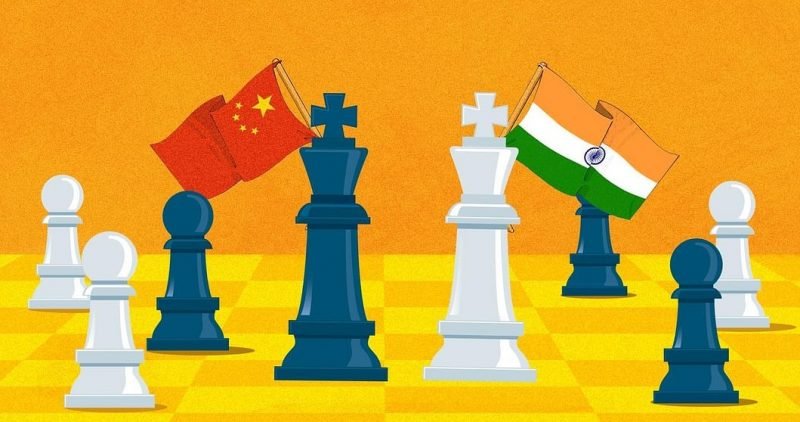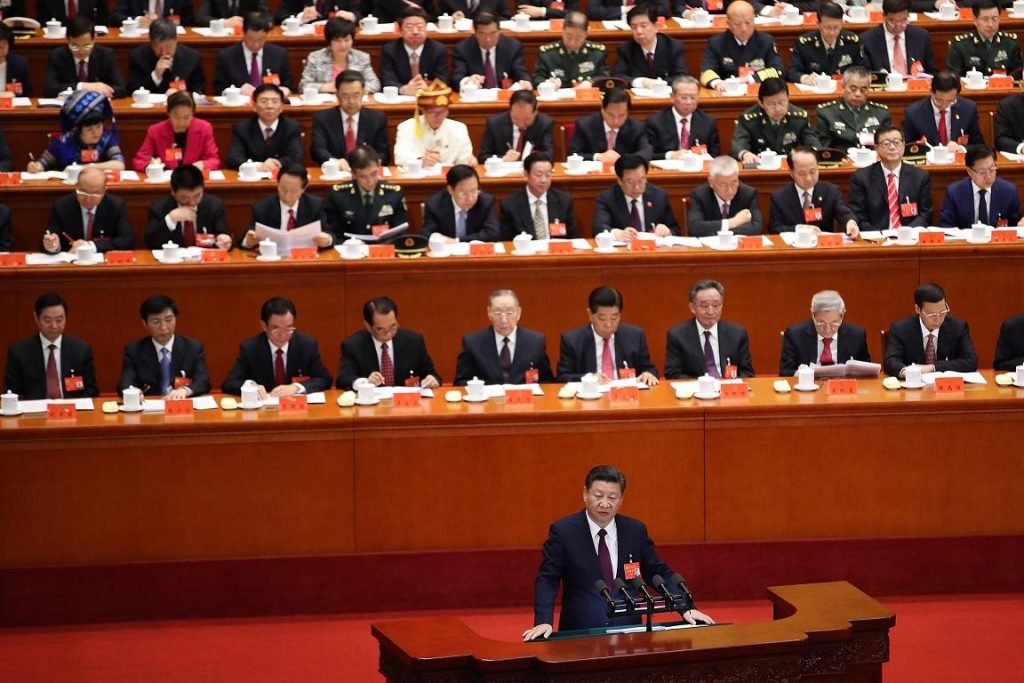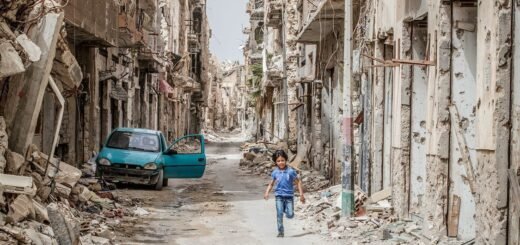Chinese Chequers at LAC: Is India Making Right Moves?

The current China India standoff in Eastern Ladakh has seen continued troop build-up, under the shadow of multiple rounds of talks at various levels. While military-level talks roll over to seventh round, amidst an environment of deep mistrust, there is hardly any hope that understandings arrived earlier will get implemented. Logistics during winters making standoff even more complex to move from Standstill to Disengagement, with a vast difference in perception of/expectation from ‘Disengagement’. Foreign Minister Jaishankar’s remark to have trust in the Armed Forces and the system says it all.
India should not accept that China, having marched in areas, where it was not supposed to be, junking all CBMs, as part of overall ‘Incremental Encroachment Strategy’, to unilaterally alter the status quo along Line of Actual Control (LAC) in its favour and expecting India to accept nominal disengagement, while Chinese troops continue to be sitting in Depsang, Finger 8 to Finger 4 and some other areas. Chinese are not comfortable with Indian proactive gestures of effective domination of some Chushul heights/Kailash Range, in areas South of Pangong Tso and some heights North of Finger 4; hence the game of posturing and muscle-flexing will continue, as both sides refuse to blink first. Certainly, the match cannot be called out when it’s halfway.

Chinese Strategic and Tactical Intent
Chinese political aim has always been to have China-centric Asia, for which forcing Indian subordination has been its goal. Chinese strategic aim to pick Eastern Ladakh was to provide depth to its National Highway G-219, Karakoram Pass and CPEC, redraw LAC as per its perception and negotiate border thereafter. China does feel threatened by Indian dispositions in India’s Sub Sector North including DBO, infrastructure development including DSDBO road, and Indian resolve to reclaim its territory of Jammu and Kashmir, posing threat to crucial Tibet-Xinjiang-Pakistan connectivity and BRI prospects. PLA’s centre of gravity of military operations is Eastern Ladakh and build-up/intended gains in rest of LAC are efforts to pick up bargaining chips.
PLA’s tactical aim is to launch probing actions to gain some tactically significant features, sensitive to Indian defence, before heavy snowfall, which can collectively improve its strategic posture or bargaining position. Indian Military is well aware of these intentions; hence the reluctance of Chinese verifiable withdrawal could lead to probing actions/reactions to improve tactical posture. Some more incidents of tug of war between two forces can’t be ruled out, every time Chinese try to probe into Indian territory. The standoff is likely to roll over to winters for which Indian Military is fully prepared, providing an option to decision-makers, not to hurry up disengagement, on terms unsuitable for long term security of India.

Chinese Existing Concerns
Strategically, Chairman Xi Jinping miscalculated global anger against himself and CCP, while trying to make the best of Chinese early recovery from COVID-19. Having made an unwarranted aggressive move in Ladakh, South and East China Sea, Chairman Xi faces major democracies standing up against his overambitious aggressive design, with few bankrupt countries standing by his side, to handle multiple friction points.
The gross violation of CBMs in Ladakh by China has opened many options for India, besides responses in economic, diplomatic and other domains, with international opinion in its favour. A pull back has a heavy domestic political cost for Xi-Jinping, besides threat of occupation of vacated areas by India. Pushing PLA to make some quick gains before winters and engaging in talks to freeze the situation to retain its gains is the Chinese game plan.
What should be Indian Responses?
The speedy mobilisation and proactive military actions of India surprised China. Indian response in multiple domains has triggered hard global stance against unfair adventurism of China. No country wants war; hence India too would like to have peaceful borders, but not at the cost of Chinese unilateral occupation of areas or changed LAC in favour of China. Talks alone are unlikely to make PLA recoil. The military posturing with entire arsenal and force multipliers along with logistics build-up is a must for a positive outcome, along with other measures.
Indian strategic intent will have to be to raise the cost of PLA’s presence in unauthorised areas like Depsang, even if it amounts to long haul on LAC and some military options besides what is being done. India needs to avoid any quick fix diplomatic solutions like five-point agreement, seeking fresh CBMs, mutual disengagement and ideas like a buffer zone, which help the Chinese agenda, like many other historic errors in past. Pulling back from freshly occupied heights south of Pangong Tso will be a strategic disaster for India. The political, diplomatic and military decision-makers need to be on the same page. Indian long term strategic aim should be to insist on proper delimitation and demarcation of LAC (which is difficult, but doable), pending settlement of border. Any softer stance will lead to reoccurrence of similar situation, which is not in Indian security interest.

What should be the Global Response?
The world has to realise that China has got emboldened with the success of incremental encroachment of territory without fighting in past, especially in the South China Sea. This prompted Xi Jinping to make territorial gains amidst pandemic, diverting domestic and international criticism against himself/CCP. With multiple fronts, exposed sea lanes of communications and isolated bases, China finds its vast inventory of military assets too meagre to cover all its vulnerabilities; hence it is attempting to underplay some friction points.
Chinese aggression on multiple fronts has necessitated the need for an Indo-Pacific Alliance of democratic countries, which can be build up by strengthening Quad, by converting it to the military alliance, on the lines of NATO. With global economic and population fulcrum shifting to Indo-pacific, if Chinese aggression is not controlled now, the democracies will have to face a much stronger threat from Chinese authoritarian regime in future, with punishments like choking of global sea lane of communication like the South China Sea.



















